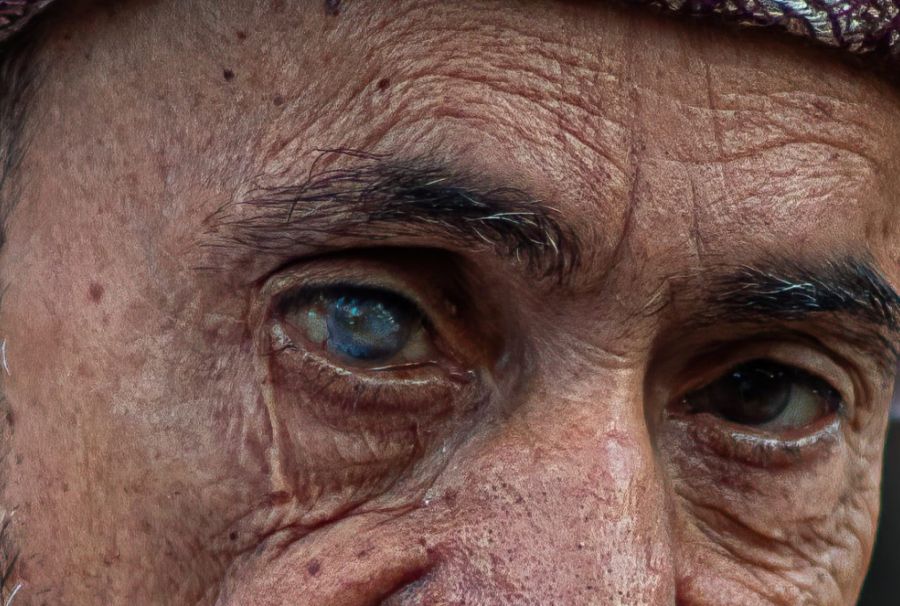Multi-stakeholder perspectives in defining health services quality indicators and dimensions
Multi-stakeholder perspectives in defining health services quality indicators and dimensions: a concept mapping based comparison for cataract care between Singapore and The Netherlands
Abstract
Objective This study aims to advance understanding of globally valid versus country-specific quality dimensions and indicators, as perceived by relevant stakeholders. It specifically addresses patient-level indicators for cataract surgery.
Design A mixed-methods case study comparing Singapore and The Netherlands
Setting Singapore (2017–2019) and The Netherlands (2014–2015).
Participants Stakeholder representatives of cataract care in Singapore and The Netherlands.
Intervention Based on the previously identified complete set of stakeholders in The Netherlands, we identified stakeholders of cataract care in Singapore. Stakeholder representatives then established a multi-stakeholder perspective on the quality of cataract care using a concept mapping approach. This yielded a multidimensional cluster map based on multivariate statistical analyses. Consensus-based quality dimensions were subsequently defined during a plenary session. Thereafter, Singaporean dimensions were matched with dimensions obtained in The Netherlands to identify commonalities and differences.
Main outcome measure Health-services quality dimensions of cataract care.
Results 19 Singaporean stakeholders representing patients, general practitioners, ophthalmologists, nurses, care providers, researchers and clinical auditors defined health-services quality of cataract care using the following eight dimensions: clinical outcome, patient outcomes, surgical process, surgical safety, patient experience, access, cost and standards of care. Compared with the Dutch results, 61% of the indicators were allocated to dimensions of comparable names and compositions. Considerable differences also existed in the composition of some dimensions and the importance attached to indicators.
Conclusions and relevance This study on cataract care in Singapore and The Netherlands shows that cataract care quality measurement instruments can share a common international core. At the same time, it emphasises the importance of taking a country-specific multi-stakeholder approach to quality definition and measurement. Complementing an international core set with country-specific measures is required to ensure that the included dimensions and indicators adequately capture the country-specific quality views.
Read the full research here
Source: BMJ Journals
Date: 10 May 2021
